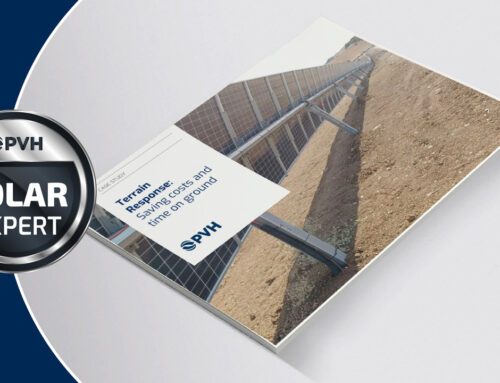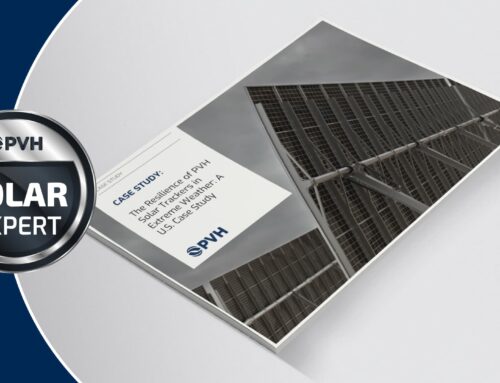Understanding the Module Compatibility Letter in solar projects
18/09/2024

In the world of solar energy, ensuring that photovoltaic (PV) modules and their supporting structures work seamlessly together is vital for achieving optimal performance and durability. The Module Compatibility Letter is a key document in this process, serving as a formal assurance that the modules and their mounting systems are compatible. This compatibility is essential not just for compliance with standards but also for the longevity and efficiency of solar installations.
What is a Module Compatibility Letter?
A Module Compatibility Letter is a technical document that confirms the compatibility between PV modules and the supporting structure, such as a mounting system or solar tracker. This letter is crucial for ensuring that the entire system adheres to industry standards and functions effectively.
The Role of IEC 61215
One of the critical standards related to module compatibility is IEC 61215. This international standard sets out the design requirements and qualification tests for crystalline silicon PV modules. Its purpose is to verify that modules can withstand various environmental and operational conditions over their expected lifespan. While IEC 61215 primarily focuses on module performance, it does not directly address the structural requirements of solar trackers or mounting systems.
Key Considerations for Module and Tracker Compatibility
Though IEC 61215 doesn’t cover trackers specifically, ensuring compatibility involves several key considerations:
- Mechanical Compatibility: Even though IEC 61215 doesn’t provide guidelines for trackers, the mounting structures must ensure module stability and alignment. Proper support prevents deformations or misalignments that could affect performance.
- Mechanical Load Testing: Modules are tested under various mechanical loads like wind and snow in accordance with IEC 61215. It’s essential that the tracker can support these loads without compromising the module’s structural integrity.
- Environmental Conditions: Modules undergo rigorous testing for conditions like temperature fluctuations, humidity, and hail. The tracker should be robust enough to withstand these conditions without causing damage to the modules.
- Documentation and Assembly: Clear installation instructions from manufacturers are crucial. Following these guidelines helps ensure that both the modules and trackers meet IEC 61215 requirements.
For comprehensive compatibility, it’s beneficial to refer to additional standards, such as IEC 62817, which outlines design and testing requirements for solar trackers. These standards together ensure a harmonious integration of modules and supporting structures.
What Should a Module Compatibility Letter Include?
A Module Compatibility Letter typically includes:
- Identification of Parties: Details about the PV module and tracker manufacturers, including names, addresses, and contact information.
- Statement of Purpose: A brief description of the letter’s intent to confirm the compatibility between the modules and trackers.
- Technical Details of the Products: Specifications of the PV module and tracker models being assessed.
- Results of Compatibility Evaluation: Findings from static load tests or other evaluations that confirm the modules’ compatibility with the trackers.
- Installation Recommendations: Instructions on mounting the modules on the trackers, including any necessary adjustments or supports.
- Limitations and Considerations: Any special considerations or limitations for the installation and operation of the combined system.
- Signatures and Date: Signed by authorized representatives from both companies with the date of issuance.
Why is a Module Compatibility Letter Essential?
The Module Compatibility Letter is vital for several reasons:
- Regulatory Compliance: It ensures that the system adheres to industry standards and operates within acceptable parameters.
- Safety and Reliability: It guarantees that the integration of modules and trackers does not compromise the system’s safety or reliability.
- Warranties and Responsibilities: It clarifies each party’s responsibilities and may be required for validating warranties offered by the manufacturers.
- Performance Optimization: It helps ensure that the system operates at peak efficiency, leveraging the strengths of both the modules and trackers.












